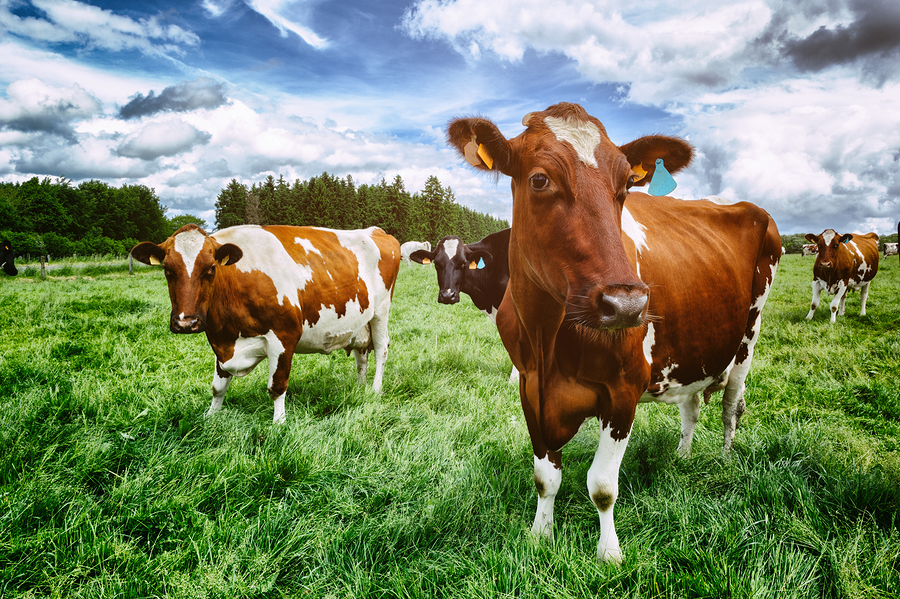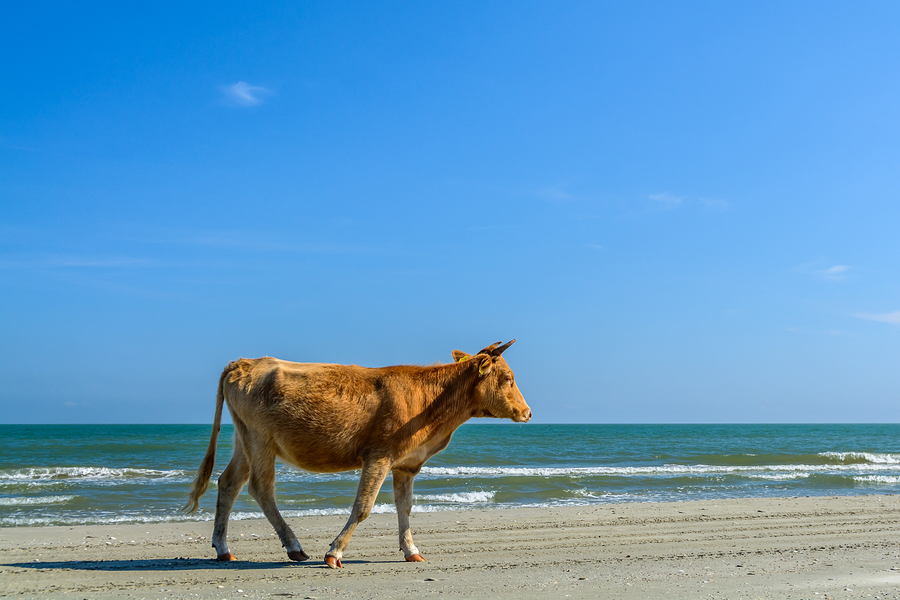The issue of methane emissions is a huge problem faced by the agriculture industry — often forgotten in the media, despite being far more potent than carbon dioxide.
Although the UK’s methane emissions have decreased by 57.6 per cent from 1990 to 2010, emissions from the agriculture industry has remained fairly static.
However, scientists in Australia have tried a novel approach and have introduced small levels of seaweed into the diets of cattle.
It has been observed for years that cattle which live in coastal areas tend to search out seaweed to consume, but due to the fact that many cows live in fields, no one has really taken the time out to study the behaviour until now.
Experimenting with 20 different species of seaweed, researchers were able to define varying effects on cattle methane production.
Two in particular stood out.
The first, Asparagopsis taxiformis is the most popular variety of seaweed that is bred for human consumption, and was found to lower methane levels by 99 per cent.
The second, Dictyotam reduced emissions by 92 per cent.
Other levels of seaweed reduced emissions by around 20 per cent.
Professor Rocky De Nys from James Cook University said, “we have results already with whole sheep; we know that if asparagopsis is fed to sheep at 2 per cent of their diet, they produce between 50 and 70 percent less methane over a 72-day period continuously, so there is already a well-established precedent.”
The reductions are thanks to a compound named bromoform, which inhibits the production of methane when it reacts with vitamin B12.
One of the largest problems however, is producing enough seaweed for the world’s cows.
The Conversation estimates that it would take 300,000 tonnes of seaweed per year to service Australia’s cows alone.
Currently, the seaweed production industry finds itself at an all-time high with 25 million tonnes being produced each year, which is double the global production of lemons.
With bovine diet requirements thrown into consideration however, swathes of land would have to be converted for production, with 30-50 tonnes of dry seaweed being produced per hectare.
Going on Australian figures, to supply 10% of its livestock with seaweed would require at least 6,000 hectares.
In a side issues, despite popular assumption, roughly 90 per cent of methane originates from a cow’s burp, not its rear.

